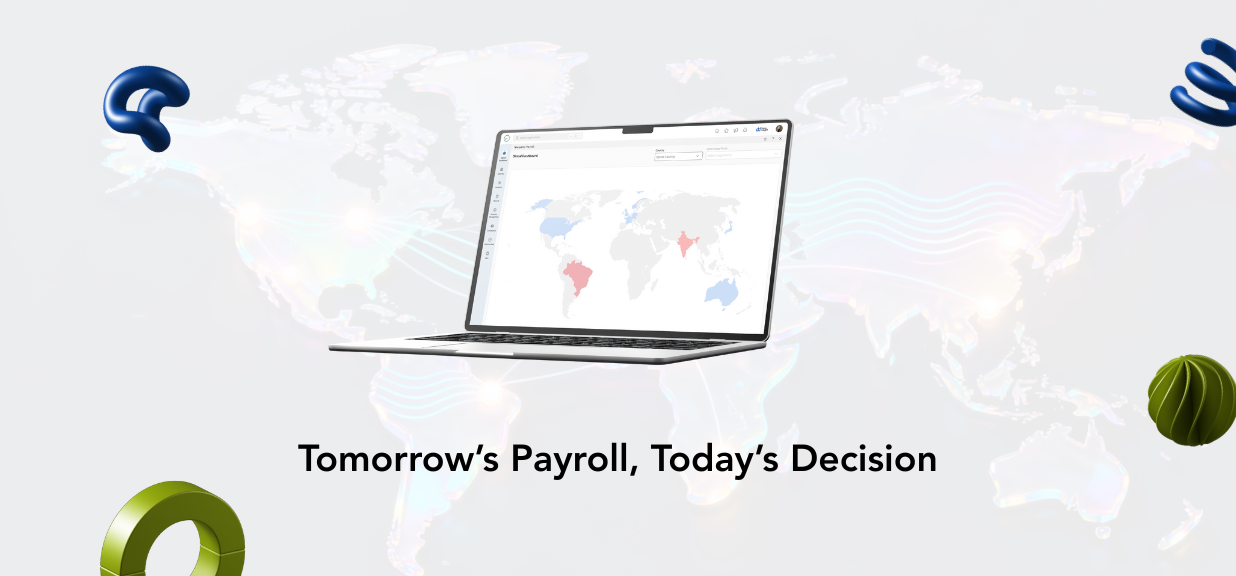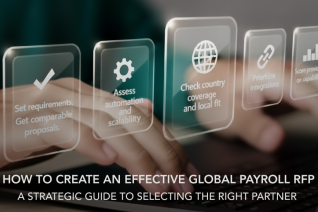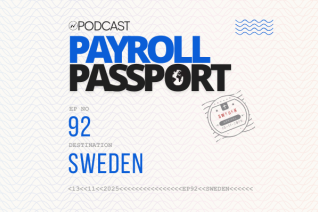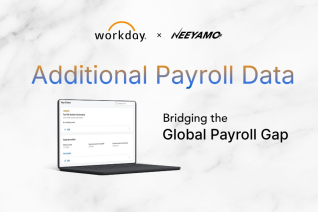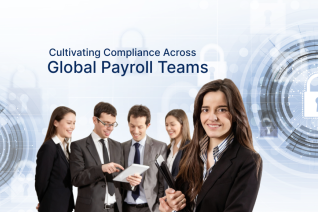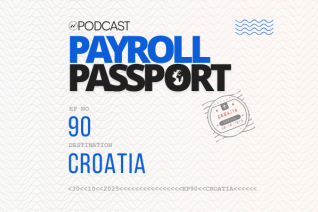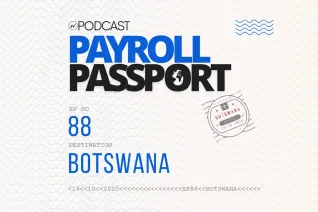The global payroll landscape is evolving faster than ever. Distributed teams, volatile compliance rules, and the rise of long-tail markets are pushing organizations to rethink how they run payroll across borders. What once passed as “good enough” no longer meets the expectations of today’s workforce nor the demands of a global business.
The real question now is simple: Is your global payroll built for the future, or are you relying on systems that are quietly holding you back?
Let’s break down the key indicators.
1. Your Payroll Runs on a Unified Global Architecture
Future-ready payroll begins with a single, cohesive foundation. If your current setup involves multiple vendors, country-specific tools, or layers of manual consolidation, you’re already at risk. A unified global payroll architecture provides a single source of truth across all countries, allowing processes and controls to remain consistent everywhere.
By relying on standardized calculations powered by native Gross to Net (G2N) engines, organizations experience faster and more accurate outcomes, even in long-tail markets. Those shifting to next-gen platforms often cite reduced fragmentation as their biggest leap forward in efficiency.
2. Automation Drives the Work, Not People
Manual payroll is no longer a viable strategy. Future-ready systems rely on automation, intelligence, and built-in checks that allow payroll teams to shift their focus from firefighting to oversight.
Touchless payroll runs can move from input to output with minimal human intervention, supported by predictive checks that flag anomalies before they turn into errors. This results in faster processing cycles and helps payroll teams close with greater confidence. If spreadsheets and repeated manual audits still dominate your workflow, then the operation is stuck in the past.
ALSO READ | How to Create an Effective Global Payroll RFP
3. Compliance Isn’t a Struggle, It’s Built Into the System
With regulations shifting across countries every other week, future-ready payroll doesn’t just track compliance; it anticipates it. Real-time updates to country rules, embedded compliance logic across 180+ countries, and access to local expertise all work together to ensure statutory accuracy.
A future-ready model also makes every action traceable through a clear audit trail. The organizations that thrive globally are those that treat compliance as a core design principle and not as a reactive task triggered by deadlines or risks.
4. Expansion Into New Countries Doesn’t Slow You Down
A future-ready solution doesn’t blink when your organization adds a new region, hires remote talent, or scales into a new business line. Growth becomes sustainable when new-country setup is fast and standardized.
A strong global payroll system can support long-tail or low-employee-count markets effortlessly and manage multi-entity operations without requiring teams to rebuild processes. For companies with an increasingly global footprint, scalability is no longer a bonus; it is a fundamental requirement.
5. Employees Experience Payroll Transparency, Not Confusion
Payroll is no longer an internal function; it directly shapes employee trust and retention. A future-ready payroll system gives employees clear visibility into their calculations and ensures queries are resolved faster.
When employees can access pay information anytime and from anywhere, transparency becomes a natural part of the experience. When payroll is accurate and easy to understand, employees notice the difference, and business performance benefits from the resulting trust.
ALSO READ | Building a Culture of Compliance in Global Payroll Teams
6. Your Payroll Connects Deeply With HRIS and Adjacent Systems
The future of payroll is interconnected. A fragmented data ecosystem introduces errors, mismatches, and unnecessary rework. Future-ready organizations rely on API-led integrations that allow data to move smoothly between HRIS, Time & Attendance, Benefits, and other adjacent systems. This seamless flow creates a single, consistent data foundation.
When systems communicate effectively, payroll teams gain the ability to operate strategically instead of being trapped in tactical, repetitive tasks.
Warning Signs Your Payroll Isn’t Ready for the Future
If any of these sound familiar, it’s time for a change:
- Multiple providers with inconsistent standards
- Heavy reliance on spreadsheets
- Last-minute compliance panic
- Cumbersome payroll calendars
- Limited visibility into analytics or audit trails
These aren’t minor inconveniences. They’re signals that your payroll operating model is outdated.
What “Future-Ready” Really Looks Like
A truly future-ready payroll operation delivers:
- A unified global platform with native G2N engines
- Touchless, intelligent processing
- Built-in, real-time compliance for every country
- Global + long-tail payroll capability
- Employee-centric design and full transparency
- Deep integration across the HR tech landscape
Conclusion: Your Future-Ready Journey Starts with the Right Infrastructure
Global payroll isn’t just about paying people on time; it’s about building a system that scales with your business, adapts to global regulations, and empowers your workforce with clarity and trust.
If your current setup falls short on any of these indicators, it’s a sign your payroll is ready for transformation. The future of payroll has already arrived. The question is: Is your organization prepared to meet it? Reach out to us at irene.jones@neeyamo.com to know more!
